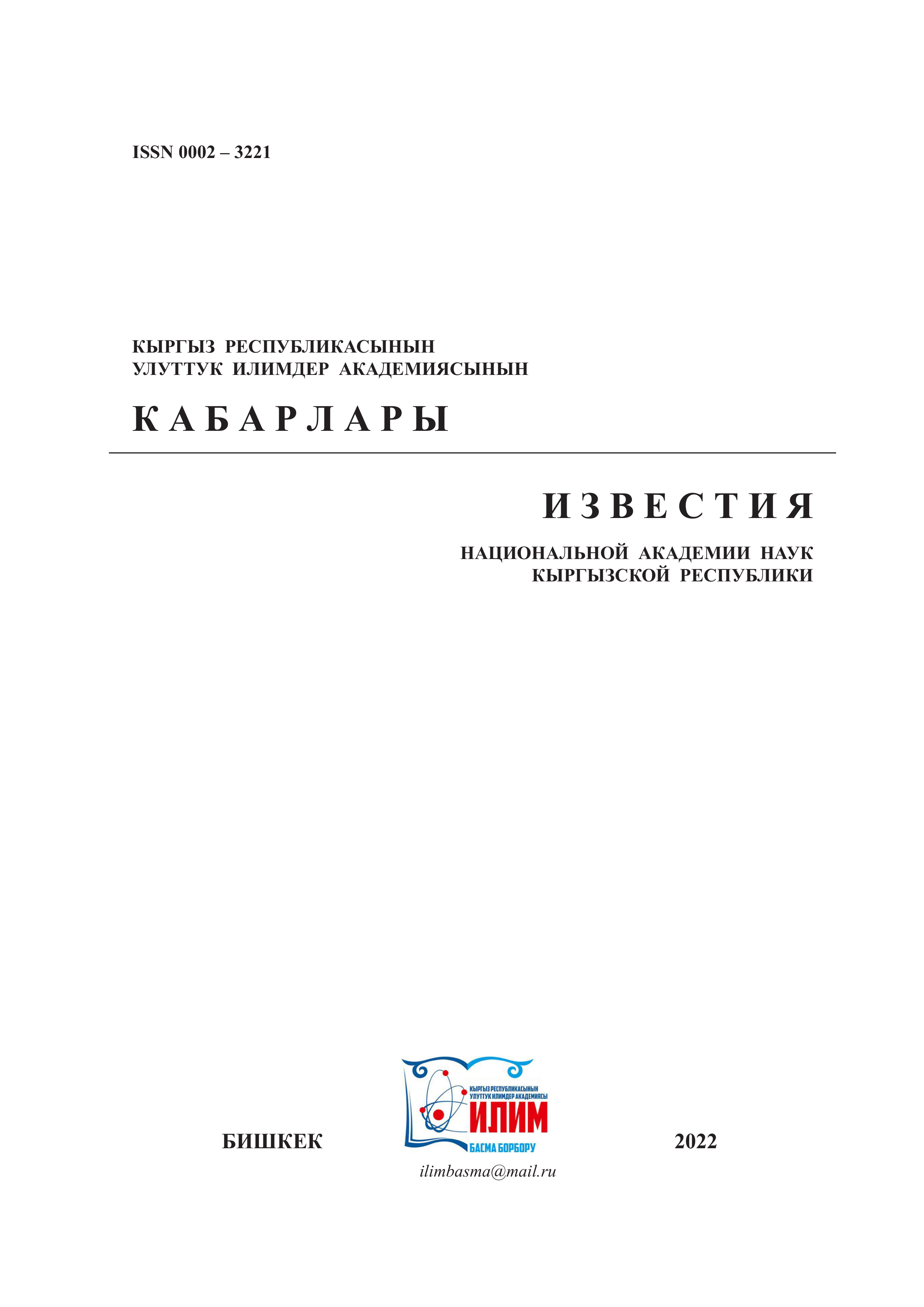REMODELING OF THE MICROCIRCULATORY BED OF THE BRAIN IN CRANIOCEREBRAL TRAUMA IN THE HIGHLANDS
Keywords:
microcirculation, brain, traumatic brain injury, highlands.Abstract
The traumatic epidemic is gaining momentum, including in Kyrgyzstan, most of whose territory is located at an altitude of more than 2000 m above sea level. At the same time, the microcirculatory bed in craniocerebral injuries is one of the most vulnerable areas of the angioarchitectonics of the brain, damage to which leads to the immediate activation of mechanisms for maintaining the constancy of perfusion and oxygenation of brain tissue. The purpose of to present the features of the remodeling of the microcirculation system of the brain in craniocerebral trauma in the highlands. Traumatic brain injury in the highlands causes the expansion of all links of the macrocirculatory bed with the phenomena of subarachnoid hemorrhages, edema and vacuolization of the wall. At the level of the microcirculatory bed – spasm of arterioles in combination with venous fullness. Craniocerebral trauma causes pronounced remodeling of macro- and micro-systems of the bloodstream of the brain, regardless of the location of the experiments, but to varying degrees. In high-altitude conditions, changes in the stromal component of vascular plexuses and desolation of arterioles with the phenomena of venous fullness are more pronounced than in low-altitude.
References
Peden M., Oyegbite K., Ozanne-Smith J., Hyder A.A, Branche C, Rahman AKMF, Rivara F, Bartolomeos K, editors. World Report on Child Injury Prevention. Geneva: World Health Organization; 2008. PMID: 26269872.
Kauvar D.S, Wade C.E. The epidemiology and modern management of traumatic hemorrhage: US and international perspectives. Crit Care. 2005;9 Suppl 5 (Suppl 5):S1-9. doi: 10.1186/cc3779.
Sabre L., Tomberg T, Kõrv J, Kepler J, Kepler K, Linnamägi Ü, Asser T. Brain activation in the chronic phase of traumatic spinal cord injury. Spinal Cord. 2016 Jan;54(1):65-8. doi: 10.1038/sc.2015.158.
Zhang, C., Chen, J., Lu, H. "Expression of aquaporin-4 and pathological characteristics of brain injury in a rat model of traumatic brain injury". Molecular Medicine Reports 12, no. 5 (2015): 7351-7357. https://doi.org/10.3892/ mmr.2015.4372.
Шувалова М.С. Сосудистое сплетение и микроциркуляция головного мозга при церебральных нарушениях в высокогорье: монография. Бишкек. Изд-во КРСУ. 2021. 226с.
Жанузаков Д.З., Нурмухамедов Т.Н. Влияние модели однодневного вахтового труда в высокогорье на структурную организацию мозжечка. Современная медицина и фармацевтика: новые подходы и актуальные исследования. Материалы 75-ой Международной научно-практической конференции студентов-медиков и молодых ученых. Самарканд-2021. С. 1024.
Шидаков Ю.Х-М., Горохова Г.И., Волкович О.В., Сатиев С.С. Влияние глибенкламида на состояние гистофизиологии печени при черепно-мозговой травме. Вестник КРСУ, 2020. Том 20 No1. С. 86-92.
Нарбеков О.Н., Шидаков Ю.М. Высокогорное легочное сердце. Бишкек. «Кыргызстан» 1991. 240с.
Горная микроангиология / И.А. Абдумаликова, М.В. Балыкин, Г.И. Горохова, Л.Г. Гринько [и др] под ред. Ю.Х-М. Шидакова. Бишкек: Изд-во КРСУ, 2019. 172 с.
Шидаков Ю.Х-М., Каркобатов Х.Д., Текеева Ф.А. Высокогорная кардиоангиология. Бишкек «Бийиктик» 2001, 228 с.
Бабиянц А.Я., Хананашвили Я.А. Мозговое кровообращение, физиологические аспекты и современ-
ные методы исследования. Журнал фундаментальной медицины и биологии. 2018 No3. С. 46-54.

